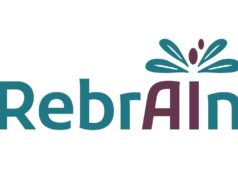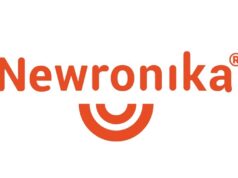 Researchers from Carnegie Mellon University and Allegheny Health Network in Pittsburgh, USA have developed a new method for deep brain stimulation (DBS). The technique, referred to as ‘DeepFocus’, uses trans-nasal stimulation to achieve more accurate electrical stimulation in the brain.
Researchers from Carnegie Mellon University and Allegheny Health Network in Pittsburgh, USA have developed a new method for deep brain stimulation (DBS). The technique, referred to as ‘DeepFocus’, uses trans-nasal stimulation to achieve more accurate electrical stimulation in the brain.
DeepFocus uses close proximity and highly conductive pathways offered by thin bones between the nasal cavity and brain to create larger, more accurate electric fields in deep brain regions, as compared to traditional scalp electrode configurations. This method enables more efficient and lower risk targeting of deep brain structures to treat multiple neural conditions, including depression, post-traumatic stress disorder (PTSD), obsessive compulsive disorder (OCD), and substance abuse disorder.
The researchers believe DeepFocus could provide both short- and long-term treatments. Chronic treatments that require persistent stimulation could be delivered through an implant, while acute applications could be delivered in short sessions with endoscopic insertion and removal of the device, they add.
There is a precedent for treating neurological conditions with implanted electrodes in the deep brain, but this requires a sophisticated, highly invasive surgical procedure that carries risks of intracranial haemorrhage and infection. Also, this traditional method is not steerable, which means the stimulation target cannot be changed once the electrodes are implanted inside the brain.
“Early results of invasive deep brain stimulation in treating neuropsychiatric conditions have been very promising,” said Pulkit Grover (Carnegie Mellon University, Pittsburgh, USA), the senior author of this study. “But the sophisticated surgery required for invasive deep brain stimulation technology makes it unlikely to be widely adopted.”
According to the researchers, non-invasive techniques—such as transcranial magnetic stimulation (TMS), transcranial focused ultrasound stimulation (tFUS), and transcranial electrical stimulation (TES)—have reduced risks and are steerable, but they are not as effective as implanted electrodes due to limited depth and resolution. TMS and TES can also cause high scalp pain because of more intense electric currents.
DeepFocus offers a minimally invasive solution that is more accurate, less painful, and steerable, the researchers claim.
“The USA is facing a severe mental health crisis, with PTSD, depression and substance abuse disorders among the most pressing societal challenges,” Grover added. “While surgically implanted deep brain stimulation has shown promise, it lacks both widespread acceptance and the necessary FDA [Food and Drug Administration] approvals for these conditions. Our minimally invasive, low-risk approach, which can be implemented in an outpatient setting, presents a scalable and widely applicable solution.”










